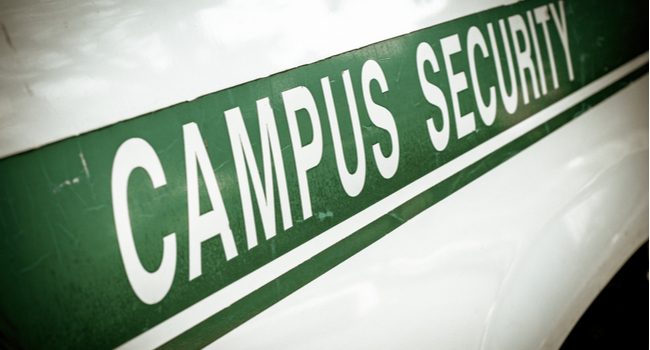
Savannah State University Works to Prevent Violent Crimes
New security measures at Savannah State University are expected to enhance safety for students.
- By Sherelle Black
- September 19, 2019
Savannah State University is making security more of a priority to try and curb some of the violent crimes that have taken place in recent years.
In the past some of the violent crimes have been committed by nonstudents who were able to just walk on campus and residential areas.
Now, the university is making visitors sign in at their new visitor center before being allowed to go on campus.
“Enhanced customer service is a focus for Savannah State University. The Visitor Center at T. A. Wright Stadium opened in the summer of 2019 and is the first place to stop when visiting the campus. We’ve used existing space – a stadium ticket booth – as a starting point for weekday campus visitors where they can get a visitor parking pass, directions and other campus information after signing in and presenting identification,” SSU said in a statement regarding to the new visitor center.
To help protect students who live on campus, the university has installed a fence around the housing area and took a turnstile from its stadium and installed it in the upperclassman residential area.
“The turnstile at the union is being programmed and prepared to swipe student IDs,” said SSU’s spokeswoman Loretta Heyward to the Savannah Morning News. “Because the turnstile ordered for the union was delayed, the decision was made to relocate one that is already on campus. Once the new turnstile is delivered, the appropriate adjustments will be made.”
Students have variating opinions on whether the new turnstiles are creating more problems than solving them.
“The turnstile is causing traffic and slowing students down which may be the point but all these years there’s been consistent shootings, despite ‘preventive measures’,” student Danielle Kiser said to SMN, noting that she’d seen a Twitter video where the locked turnstile prevented a student from getting to an 8 a.m. class on time.
Despite some challenges with the new security enhancements, some students think they are beneficial.
“I feel like a lot of people on campus hate the new security measures, but it’s useful,” Emonta Coleman said to SMN. “Whatever helps the community and makes it safer, is what I care about.”
About the Author
Sherelle Black is a Content Editor for the Infrastructure Solutions Group at 1105 Media.